Back in May, when a divided Supreme Court gave President Donald Trump the power to fire members of certain labor boards without cause, the Republican-appointed majority went out of its way to signal its intention to protect the Federal Reserve board, even though the Fed itself wasn’t at issue in that case.
Now, Trump’s attempt to fire Federal Reserve Governor Lisa Cook could test the high court’s strange signal.
In that May shadow docket case, Trump v. Wilcox, which involved members of the National Labor Relations Board and Merit Systems Protection Board, the majority addressed those board members’ argument that the logic behind stripping their protections would also imperil the Federal Reserve’s independence.
“We disagree,” the majority wrote, citing a previous precedent in noting that the Fed “is a uniquely structured, quasi-private entity that follows in the distinct historical tradition of the First and Second Banks of the United States.”
Dissenting in the Wilcox case, Justice Elena Kagan wrote for the Democratic appointees that she appreciated the majority’s “intention to avoid imperiling the Fed” but that its decision still posed “a puzzle.” That’s because the Federal Reserve’s independence rests on the same foundation as agencies such as the NLRB and the MSPB — which, Kagan pointed out, means it rests on a nearly century-old precedent, Humphrey’s Executor. The Trump administration wants to overturn that 1935 decision, and the majority’s recent rulings on presidential power suggest that it’s on board with that effort.
“If the idea is to reassure the markets, a simpler — and more judicial — approach would have been to” rule against Trump “on the continued authority of Humphrey’s,” Kagan wrote in Wilcox.
But the majority opted against that approach and could soon be in the position of needing to reassure the markets once again.
However powerful Kagan’s criticism of the Wilcox majority was, the fact is that a majority of the court has signaled its willingness to protect the Federal Reserve more than other agencies. With Cook’s lawyer saying she’ll file a lawsuit over her purported removal, the question now is whether that same majority would rule against Trump to save her.
A potentially important factor as the litigation gets underway is that Trump claimed to be removing her “for cause,” citing a criminal referral initiated under his administration. Cook, who has not been charged with any crime, maintains that Trump lacks both a legal and factual basis to fire her.
While it will depend on how exactly Cook presses her legal claim and how the administration defends itself, the case’s resolution could turn on the narrower issue of the sufficiency of cause for removal, as opposed to the justices resolving the outer limits of presidential authority when it comes to the Federal Reserve. Given Kagan’s critique of the logic behind the majority’s Fed carveout in Wilcox (not that the majority has to care about that), the majority might appreciate such narrower grounds as a way of solving the “puzzle,” as Kagan put it, that the court created for itself.
Subscribe to the Deadline: Legal Newsletter for expert analysis on the top legal stories of the week, including updates from the Supreme Court and developments in the Trump administration’s legal cases.
This article was originally published on MSNBC.com
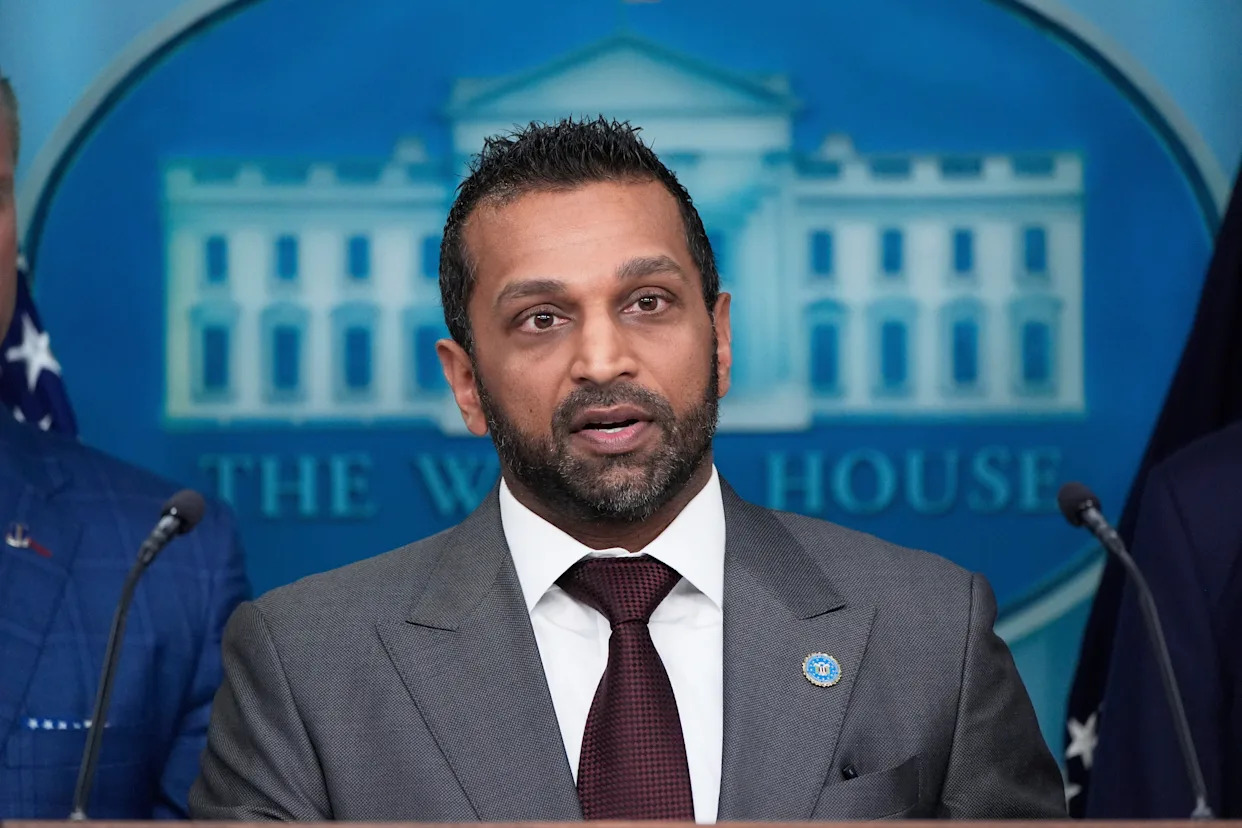
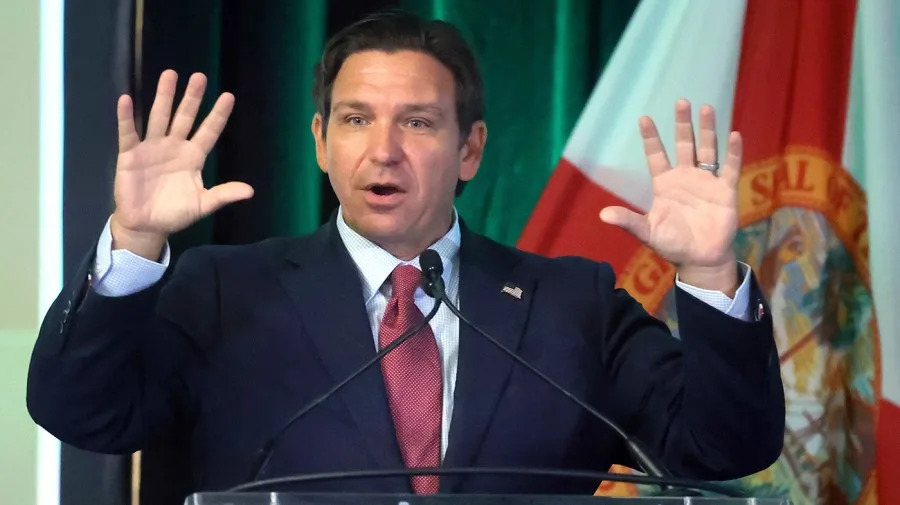

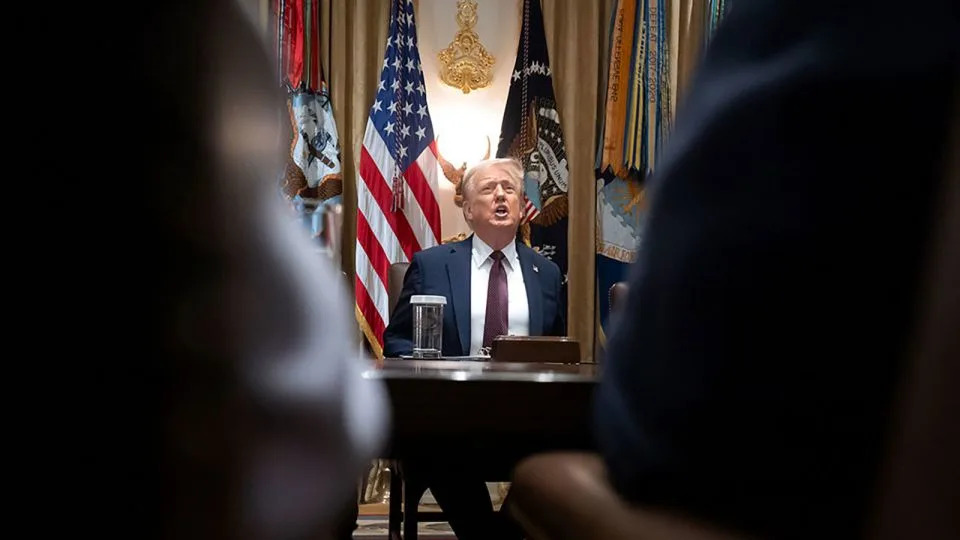
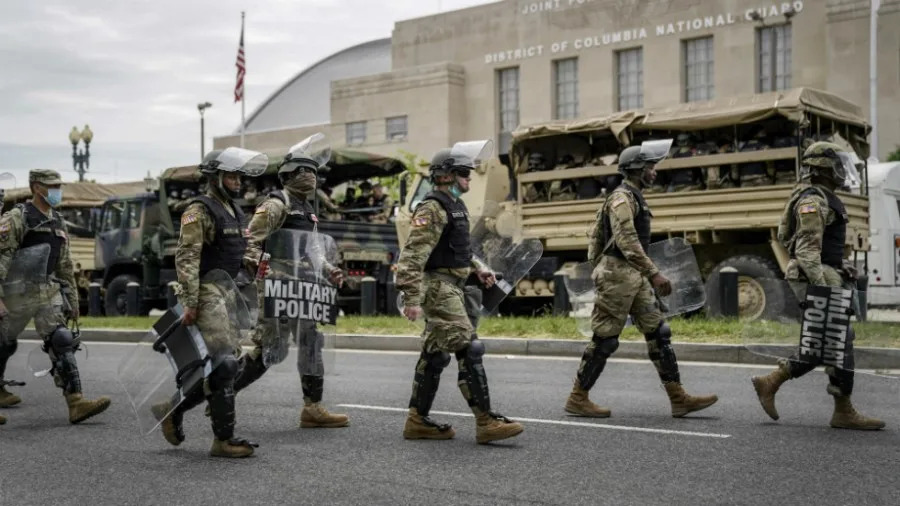
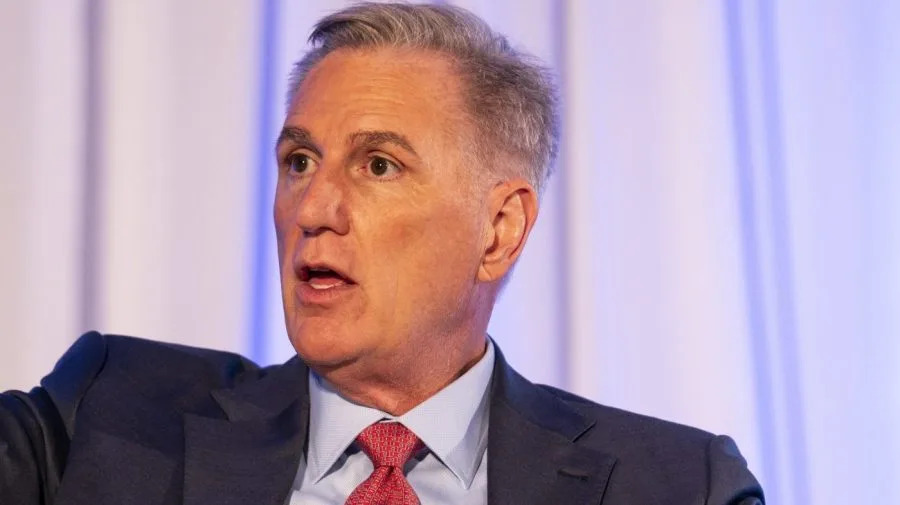

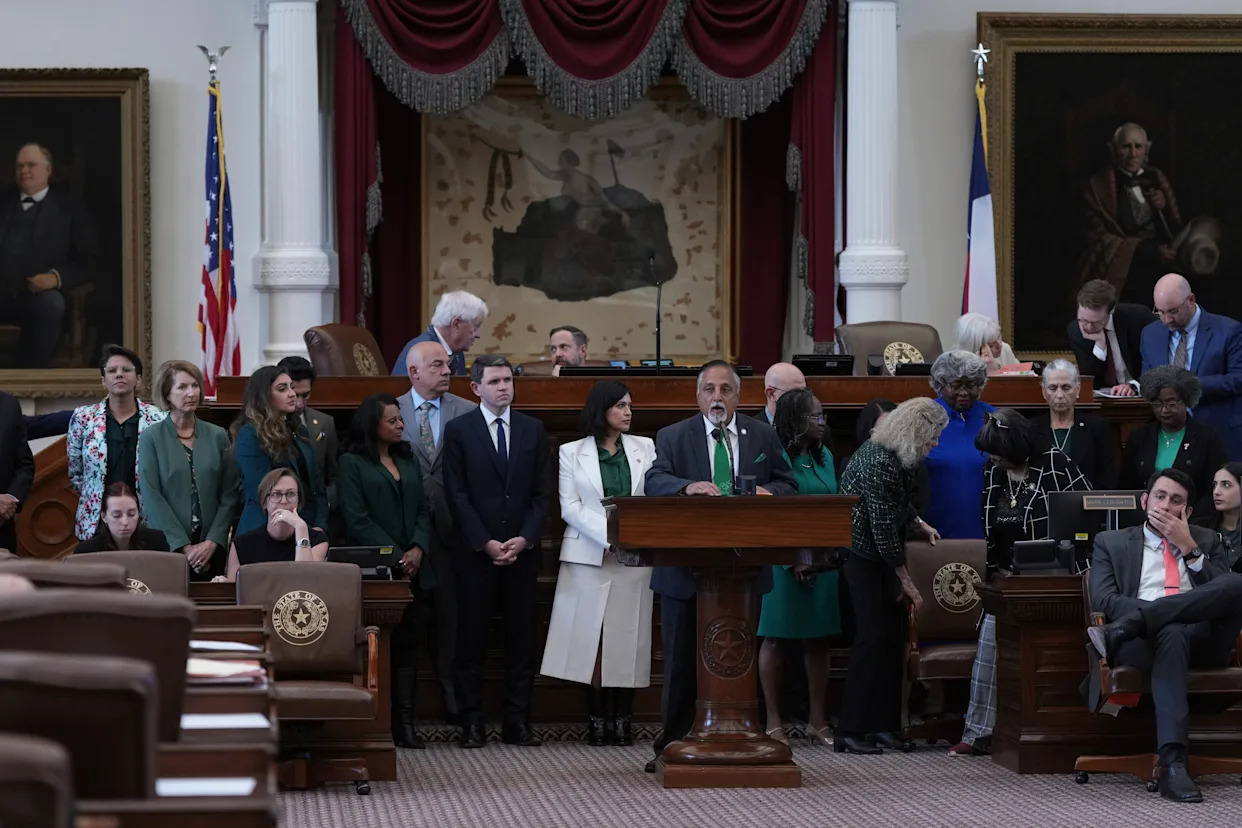
Comments